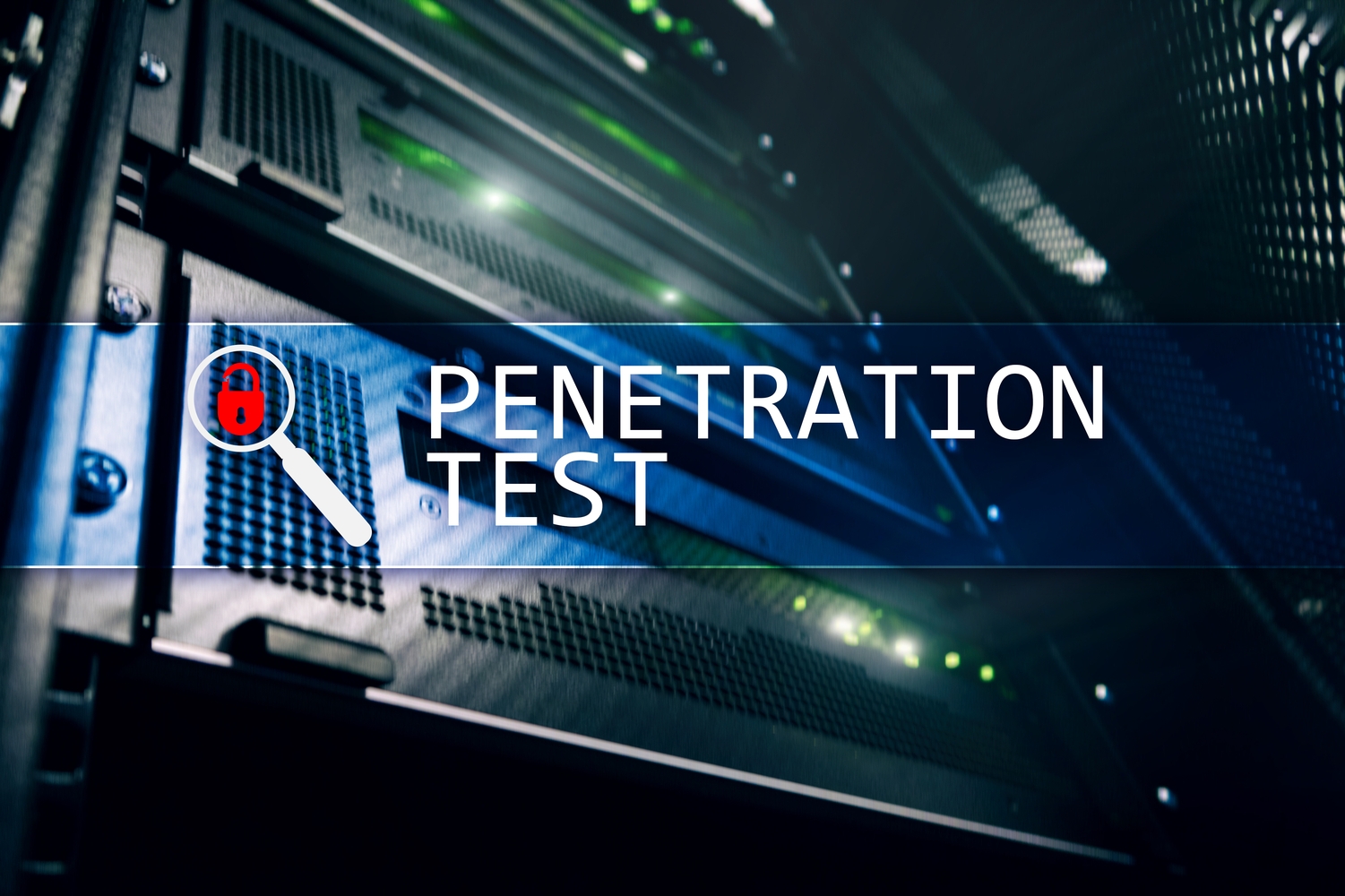The Role of Penetration Testing in Strengthening Cybersecurity Defenses
This article explores the significance of penetration testing in cybersecurity. It discusses various testing methods, benefits, and how organizations can leverage pen testing to uncover vulnerabilities, ensure regulatory compliance, and enhance their defenses against cyber threats. Regular penetration testing is vital for maintaining robust security in today’s digital landscape, helping organizations protect sensitive data and improve incident response capabilities.
Sponsored

In today's digital environment, where cyber threats grow more advanced and widespread, companies must implement effective cybersecurity strategies. Penetration testing, commonly called "pen testing," plays a vital role in uncovering security gaps within an organization’s digital systems. This article explains the importance of pen testing, its methodologies, and how it helps protect sensitive data and ensure system integrity.
Penetration testing involves simulating real-world cyberattacks on networks, applications, or systems to find weaknesses an attacker could exploit. Identifying these vulnerabilities in advance allows organizations to fix issues before malicious actors can exploit them.
Why Penetration Testing Matters
Pen testing is crucial for assessing an organization’s security posture by revealing potential entry points for cybercriminals. It enables prioritized remediation of critical vulnerabilities.
Also, pen testing helps organizations meet regulatory requirements such as PCI DSS and GDPR, which mandate regular security evaluations. It offers a clear view of how effective current security measures are and highlights areas needing improvement.
By mimicking cyberattack scenarios, organizations can test their defenses and make data-driven decisions to strengthen them.
Testing Strategies in Penetration Testing
Different approaches are used in pen testing, depending on organizational needs. Common methods include:
1. Black Box Testing: The tester has no prior info about the system, simulating outsider attacks to identify potential vulnerabilities.
2. White Box Testing: The tester has complete knowledge, including system architecture and source code, allowing a thorough security assessment.
3. Gray Box Testing: The tester has partial knowledge, focusing on specific areas that may be weak links.
4. Social Engineering Tests: These evaluate employee awareness by attempting to manipulate staff into revealing sensitive information or performing risky actions.
Advantages of Penetration Testing
Beyond vulnerability detection, pen testing promotes security awareness among staff and encourages best practices. It also builds trust with clients and partners by demonstrating a proactive security stance. Additionally, it helps evaluate incident response plans, ensuring organizations can effectively detect, respond to, and recover from attacks. Regular pen testing is essential in a landscape of constantly evolving cyber threats. It empowers organizations to shore up defenses, safeguard critical data, and uphold stakeholder confidence, making it indispensable to modern cybersecurity strategies.






